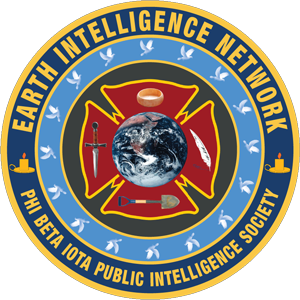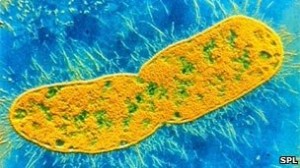
Below are interesting links/stories from our Twitter feed that were not posted to Phi Beta Iota due to time constraints, etc:
- ISP Owner Who Fought FBI Spying Freed From Gag Order
- America discards 40% of the food it makes (2% composted) while a billion go hungry
- Afghan War Interactive Timeline
- Scientists developing cancer breath test
- (video) Crime on the Southwest Border: The FBI partners with Mexican law enforcement and many federal, state, and local
- Mapping Haitian History: An interactive map of Haiti
- Arizona Counter Terrorism Information Center Overview
- President Obama signs into law ban on cell phones in federal prisons
- Latest from Russia: Russian-Fires.ru, the First Ushahidi Experience
- Ramadan goes hi-tech with phone apps to remind the devout to pray
- Social Networks Can Warn of Disease After Disasters
- How Freedom Fone Helped Create Participatory Radio in Africa


 This year's report focuses primarily on environmental factors that contribute to cancer risk. According to the report, pharmaceutical drugs are a serious environmental pollutant, particularly in the way they continue to contaminate waterways across the country.
This year's report focuses primarily on environmental factors that contribute to cancer risk. According to the report, pharmaceutical drugs are a serious environmental pollutant, particularly in the way they continue to contaminate waterways across the country.


